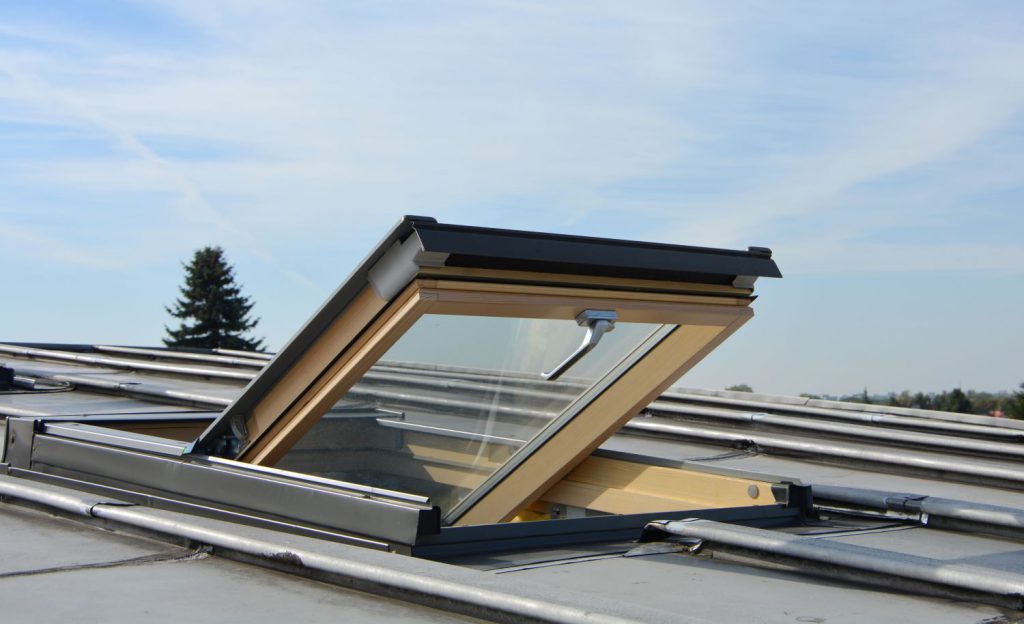In the quest for more energy-efficient homes, the concept of quadruple glazing is emerging as a potential game-changer, especially in the realm of passive house design. This advanced glazing technology promises exceptional thermal insulation and air tightness, but is it truly a step ahead of the well-established double glazing? Let’s delve into the details.

Understanding quadruple glazing
Quadruple glazing, as the name suggests, consists of four layers of glass, separated by air or inert gas-filled spaces. This structure significantly enhances its insulating properties compared to traditional double-glazed windows.
Composition and design
– The layers and materials used in quadruple glazing.
– How the design contributes to its superior insulation.
Thermal and acoustic insulation benefits
Manufacturers of quadruple glazing systems tout their products as having outstanding thermal and acoustic insulation properties. These windows are particularly effective in reducing heat loss, making them ideal for passive houses and energy-efficient buildings.
Comparing insulation levels
– A detailed comparison of the insulation performance of quadruple glazing versus double and triple glazing.
– Case studies or examples of quadruple glazing in real-world applications.
Enhanced security features
Another significant advantage of quadruple glazing is its robustness, making it nearly impervious to break-ins. This added security feature is a considerable benefit for homeowners concerned about safety.
Security aspects of quadruple glazing
– How quadruple glazing enhances home security.
– The technology and materials that contribute to its strength.
Customization and accessories
Quadruple glazed windows can be equipped with a range of accessories, such as electrically operated blinds or shutters, adding to their functionality and aesthetic appeal.
Personalizing your quadruple glazed windows
– Options for customizing quadruple glazed windows to suit individual preferences.
– The integration of smart home technology with these advanced windows.
Challenges and considerations
Despite their advantages, quadruple glazed windows have limitations. Their weight can make them unsuitable for certain frames, and the cost factor remains a significant barrier to widespread adoption.
Addressing the challenges
– The practical challenges of installing quadruple glazed windows.
– Cost analysis and comparison with other glazing options.
Triple glazing vs. quadruple glazing
While triple glazing has struggled to gain widespread acceptance for similar reasons, it’s essential to understand how quadruple glazing compares and whether it’s a viable alternative.
Choosing between triple and quadruple glazing
– A comparative analysis of triple and quadruple glazing systems.
– Factors to consider when choosing between these two options.
Conclusion: The future of home insulation
Quadruple glazing represents a significant advancement in window technology, offering unparalleled insulation and security benefits. However, its adoption hinges on overcoming challenges related to cost and practicality. As technology evolves and becomes more accessible, quadruple glazing could play a crucial role in shaping the future of energy-efficient home design.

 Open Immovlan
Open Immovlan